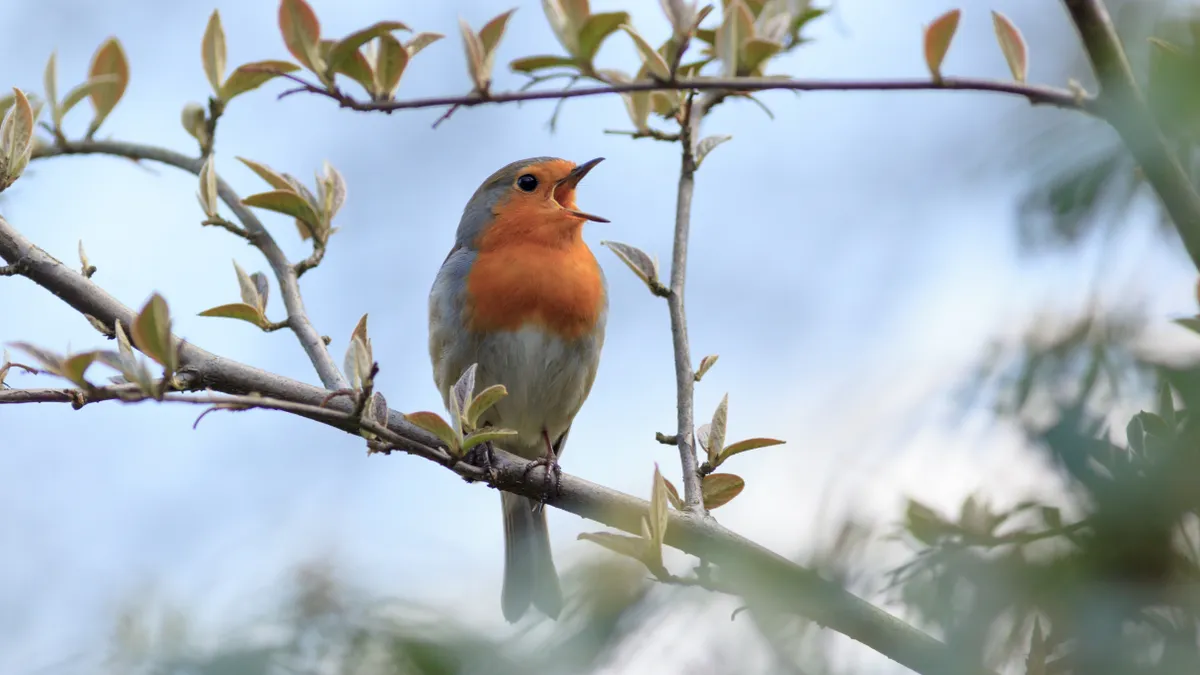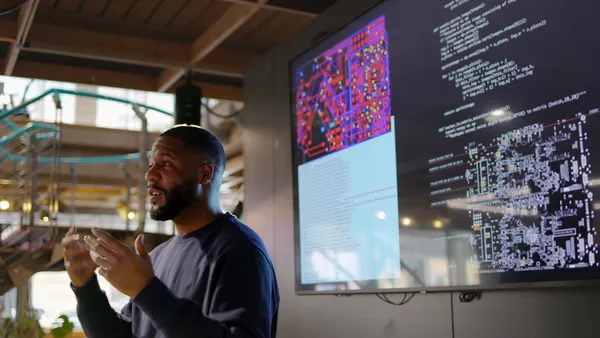Dive Brief:
-
Students can forge deeper connections to the natural world by studying living animals. Examples of how this is being done include a collaboration between North Hollywood High School and the Los Angeles Zoo, as well as programs at the Migratory Bird Center at the Smithsonian's National Zoo and Conservation Biology Institute.
-
Brian Evans, migratory bird ecologist with the Smithsonian Migratory Bird Center, invites students to the Washington, D.C., observatory to see wild birds banded so they can be studied when released.
-
Evans also works with Neighborhood Nest Watch, where he and Bob Reitsma, a research technician at the center, go to schools, band birds on campus, and invite students to monitor those birds over a longer period.
Dive Insight:
At the Migratory Bird Center, a few students have been able to join as interns, learning how to work with mist nets, specially designed nets used to collect smaller birds, like songbirds, in the wild so they can banded, said Evans.
He emphasizes, however, that K-12 students typically aren't allowed to handle wild animals directly at the center — nor do they need to do so to learn about nature, Evans said.
“It's important to gain an appreciation for wildlife that does not involve directly interacting,” he said.
The birds the Smithsonian collects, such as northern cardinals and song sparrows, are found throughout the Washington, D.C., area. At the center, the birds are banded and released so they can be studied. The entire interaction lasts less than an hour.
A school visit always starts with students watching the banding take place — and Evans said this helps classes begin to realize that nature isn’t in another geographical zone but right outside their door.
He said 3 billion birds have been lost across North America since 1970, a rate of population decline that makes it “imperative” to learn why this has happened — and to help engage students in that process, too.
“There are things they can do in their neighborhood and schoolyards to help stop the decline and improve the environment overall,” Evans said.
“The goal is to empower” students, Evans said. “Part of that empowerment is to strengthen their connection to wildlife.”








 Dive Awards
Dive Awards






